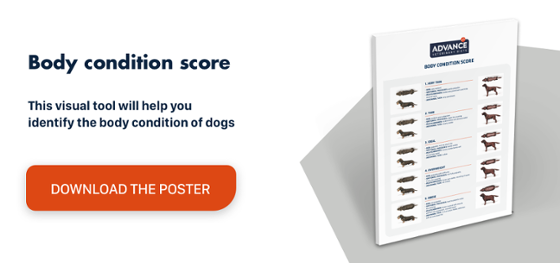Common wounds to paws in dogs
As dog sports gain in popularity, wounds to the dog’s paws are becoming increasingly frequent. Here, we talk about the most common injuries and the treatment of choice in each case.
A study conducted at Oregon State University1 has confirmed that the number of dogs participating in sports has increased in recent years and lists the most common injuries by sport.
With the rise in popularity of precision, speed and endurance sports, such as agility, flyball, disc dog, canicross and dog hiking, veterinary practices are seeing an increase in sporting injuries, including wounds to paws in dogs.
Wounds to paws in dogs: treatment
- Paw pad injuries
One of the most common wounds encountered in dogs paws are lacerations to the paw pads and nails. These are not usually severe injuries, but if they reach the dermis, they will require surgical closure. In this case, it is advisable to apply a padded splint during healing to reduce the load on the wound and prevent suture tearing.
With puncture wounds, dogs can develop deep digital flexor tendinitis, so surgical debridement and suturing of the lesion is recommended. Broad-spectrum antibiotics should also be administered at first and then switched for a more specific antibiotic when the culture results come back.
If the carpal and metacarpal pads are damaged, tissue transposition is not usually necessary as the wounds generally heal completely by contraction when the bandaging is applied correctly, as reported in a study conducted at Auburn University.2
- Carpal joint sprains
These ligament injuries are usually caused by a sudden movement or when the physiological limits of joint movement are exceeded during training. They often result in inflammation and pain, which limits the joint’s motion.
Carpal joint injuries are one of the most common, and occur when the carpus is hyperextended, typically leading to a level 3 sprain. In this case, the damaged ligaments cannot support the carpus in the normal weight-bearing position. Avulsion fractures or rupture of the carpal ligament can also be encountered.
Treatment will depend on the degree of compromise and exact location of the joint damage. If only the midcarpal and carpometacarpal joints are affected, partial arthrodesis can be performed, which will allow the animal to flex the limb a little, as confirmed by an analysis published in The Canadian Veterinary Journal.3 In small dogs, and if all three carpal joints are affected, conservative treatment should be tried initially; if this fails, panarthrodesis is recommended.
- Shoulder luxation
Shoulder injuries are among the most common injuries in sporting dogs. Total luxations are rare. Subluxations with instability due to a shallow glenoid fossa are more common, as described in an analysis published in the journal Consulta.4
When treating a recent luxation without associated fractures, a closed reduction can be performed and the limb immobilised for 2 weeks in a flexed position using a bandage to prevent weight-bearing. Surgery will be required if there is a recurrence or the joint remains unstable. Tendon transfer of the tendon of origin of the biceps brachii muscle should be considered to provide lateral support and prevent luxation of the humeral head. Arthrodesis can be used if there is a fracture.
How often should a sporting dog see the vet?
A complete veterinary examination, including orthopaedic and neurological assessments, should be carried out every 6 months for healthy young sporting dogs with no prior injuries. More frequent visits, every 3 months, are recommended for dogs with previous wounds or injuries.

